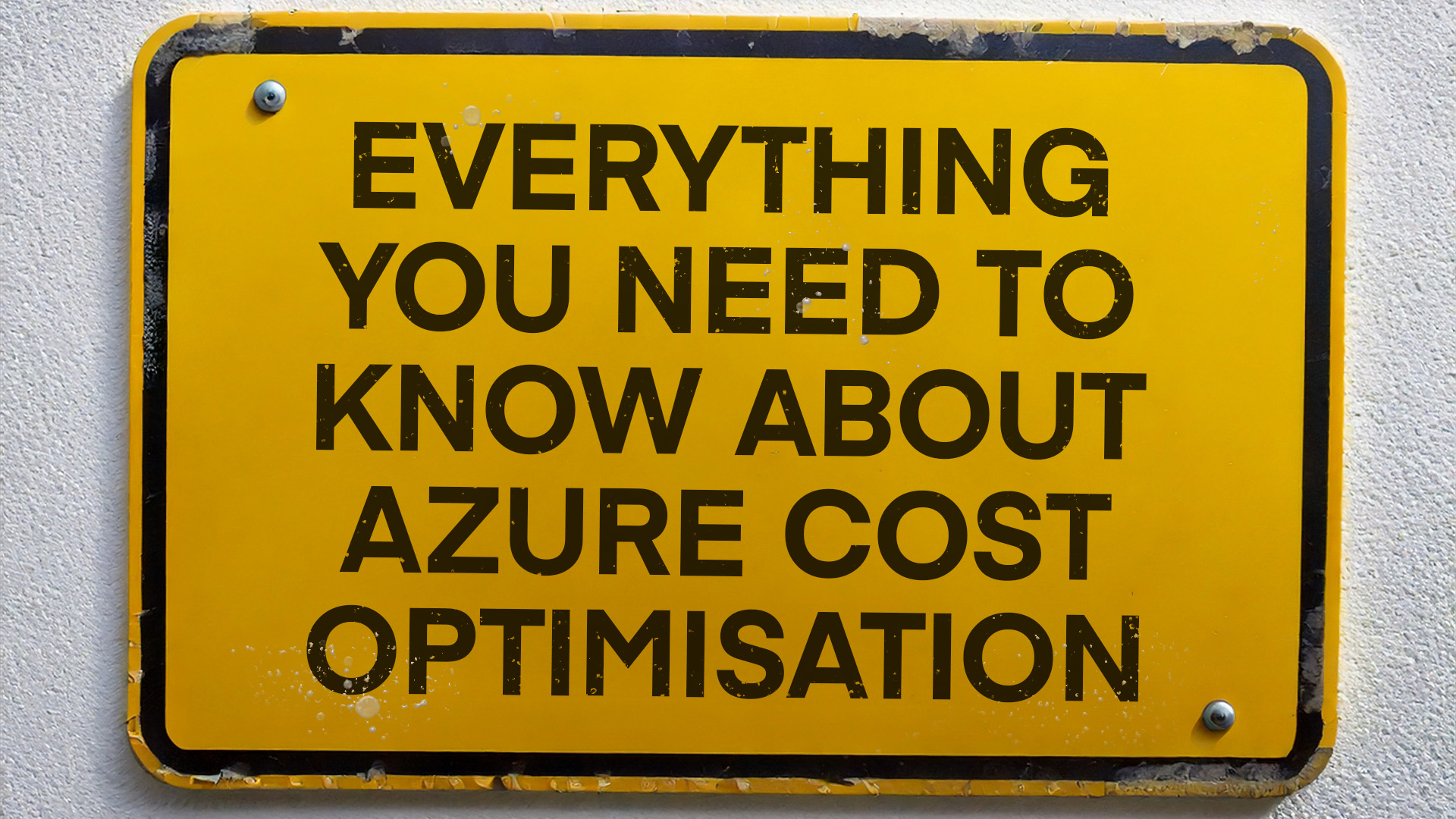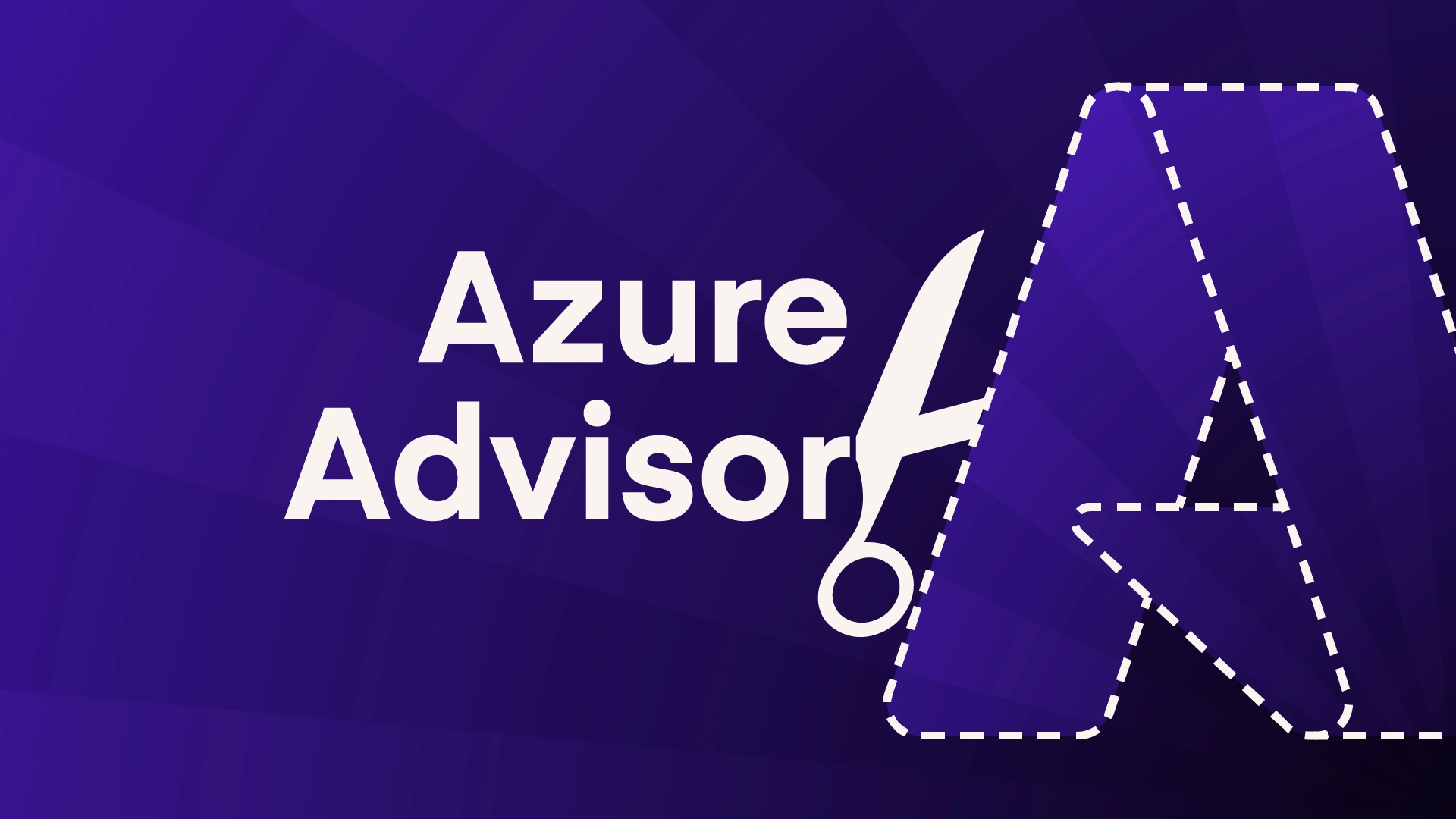It’s easy to sing the praises of virtual desktop services in the remote work era.
VDI (Virtual Desktop Infrastructure) has long been a crucial asset for IT departments around the world.
It lets workers connect to a secure work environment from anywhere with an internet connection. Their apps, workflows and data can all be used as if they were in the office. Running on virtual machines, often located on-premises, these virtual desktops have opened up a range of new working opportunities.
But then came the cloud. Cloud-based VDI (DaaS — Desktop as a Service) has taken VDI to the next level by delivering virtual desktops and applications from a managed cloud infrastructure. With DaaS, you can take advantage of its benefits without the need to invest in expensive on-premise hardware to host your virtual machines.
DaaS is simply a more affordable and scalable solution for running virtual desktops.
But if you’re reading this, you probably know that already.
You’ll also know that the cloud-based delivery model is the most attractive one for the way your business operates. You’re looking for a hosted desktop solution that won’t break the bank, won’t give you a headache, and won’t require you to sell your soul to the devil. Well, you’re in luck.
In this article, we’ll sing the praises of both Azure Virtual Desktop (AVD) and Citrix Hosted Desktop, two of the most popular options out there. We’ll cover the pros and cons of each one, what to expect regarding cost, and which one we reckon is best.
Hopefully, by the end of this short guide, you’ll have a good understanding of both AVD and Citrix, and you’ll be able to make an informed decision about which one will best suit your organisation’s needs.
So, let’s dive into the details and explore the features, benefits, and drawbacks of both AVD and Citrix.
AVD and Citrix: an overview
Let’s start with the absolute basics. AVD and Citrix are both virtual desktop infrastructure (VDI) solutions that allow you to access your virtual desktop and applications from a centralised infrastructure. This can be done with either a single session desktop (one user) or multi-session (multiple users with separate sessions on the same virtual machine).
Instead of running applications locally on your device, you run them on a virtual machine. This makes it much easier to manage applications, secure data, and enable remote work.
AVD (Azure Virtual Desktop) is one such DaaS (Desktop as a Service) offering. It runs on Microsoft’s gigantic and super-powered Azure cloud platform. It’s got a range of deep integrations with MS services (of which there are thousands). And it’s growing pretty fast too, according to Microsoft.
AVD was once known as Windows Virtual Desktop (WVD), and so its focus has always been on virtualising Windows instances for enterprise users. But it’s now flexible enough to work well for smaller companies, too.
Citrix Hosted Desktop, on the other hand, usually runs its virtual machines on servers that your IT department operates, potentially on-site.
Citrix has been a leader in the VDI space for years, and has a long history of providing virtual desktops for businesses. Citrix Hosted Desktop does have a wide range of features and customisations available, and many IT professionals will have come across it at some point in their career. It’s a good option for businesses needing complete control over their virtual desktop environment and are willing to manage it themselves.
In 2024, Citrix is moving their focus to cloud and hybrid VDI solutions, encouraging customers to move at least some of their virtual desktop infrastructure to the cloud. They claim to have also introduced new tools and features to simplify the management of virtual apps and desktops, making it easier for administrators to deploy, configure, and maintain their environments.
(You can even use Citrix on Azure, with the two providers having an alliance despite offering competing products.)
In future, we might compare AVD with a cloud-only Citrix setup. But for now, we’re looking at a common use case: deciding between virtualisation on Azure or a local Citrix installation. We’ll skip to the end and give you a spoiler: we think AVD is the superior choice. But here’s an objective overview of the two.

The benefits of using Citrix Virtual Desktops
1) More features
When it comes to features, Citrix offers a range of customisation options and features that might not be available with cloud-based solutions like AVD. With Citrix, IT managers will have complete control over virtual desktop environments and can tailor it to meet their exact needs.
They can choose which applications to install, configure policies, and tweak the VMs in any way they like. This level of control can be especially important for firms that need specific software or configurations to do their work.
2) Customer data protection constraints
In tightly regulated sectors it’s not uncommon to have to abide by rules set by customers, or even your supply chain, that dictate where sensitive data is stored. Locally-hosted virtual machines can be the only solution in some cases. This way, you can store data securely (if you set them up safely) and the data will remain in the geographical location you need it in.
3) Not affected by cloud downtime
One of the benefits of locally hosted Citrix Virtual Desktop is that it won’t be affected when cloud services go down. Cloud-based solutions like AVD rely on internet connectivity and cloud infrastructure, which can be subject to outages and other issues.
With a locally-hosted solution, you have more control over your uptime and making sure your virtual machines are always available to your employees is your responsibility. If you need 24/7 access to your IT infrastructure, this is something to consider. That said, you might want to note that running Citrix on-premise comes with its own set of risks. To maintain high availability, you’ll need to invest in redundant hardware, complex networking, and failover mechanisms. This can be costly and takes significant expertise to set up and maintain.
Actually seeing downtime with AVD is almost impossible, though. The likelihood of cloud downtime is exceedingly low. Service level agreements vary between 99.9% uptime (44 minutes/month downtime) to 99.99% uptime (4 minutes per month downtime). And performance is almost always better than that anyway.
The drawbacks of using Citrix
1) High complexity, high cost
Citrix can be more complex and costly both to implement and maintain. This is because it usually requires on-premise servers to be set up and software to be installed and updated. It needs an array of sub-systems to be connected (databases, storage and so on) and their performance levels to be optimised. With so many moving parts, it’s all too easy to end up with buggy, slow, error-prone systems.
The licensing costs for Citrix can quickly add up. Citrix has transitioned to a subscription-based pricing model, and depending on the plan, costs can range from $15 to $25 per user per month for Citrix Virtual Apps and Desktops. In addition to the base subscription costs, there are often additional expenses for features like advanced security, performance analytics, and support services.
This all means you’re going to need an experienced Citrix manager on-staff – and they’re not cheap. If you don’t have one, you’ll need to hire an outside consultant – and that requires setup fees, project planning time, time spent by your employees to work with them, and a big pile of billable hours.
And if anything goes wrong down the line, you’ll have to call them again for help. That won’t be free.
2) Lack of scalability
Citrix won’t provide as much flexibility as cloud-based DaaS systems when it comes to scaling up or down. With AVD for example, you can easily add or remove virtual desktops as needed without having to worry about purchasing additional hardware or software licenses. With a Citrix setup, you’ll have to plan your server upgrades, buy additional hardware, and make sure the environment is configured correctly.
It’s usually easier and more cost-effective to scale your virtual desktop infrastructure with the cloud.
3) Outdated security
Compared to cloud DaaS setups, Citrix may pose more security risks if you’re managing it all in-house. Managing and upgrading on-premises systems can be difficult and time-consuming, making it easy for your IT department to struggle to keep up. Security updates, antivirus refreshes and software patches all need installing regularly, and on self-hosted hardware that’s not the easiest thing to do – especially if you’re a smaller organisation.
This can leave your business vulnerable to attacks and data breaches. With the ever-changing cybersecurity threat landscape, attackers can end up causing massive damage to your entire organisation.




